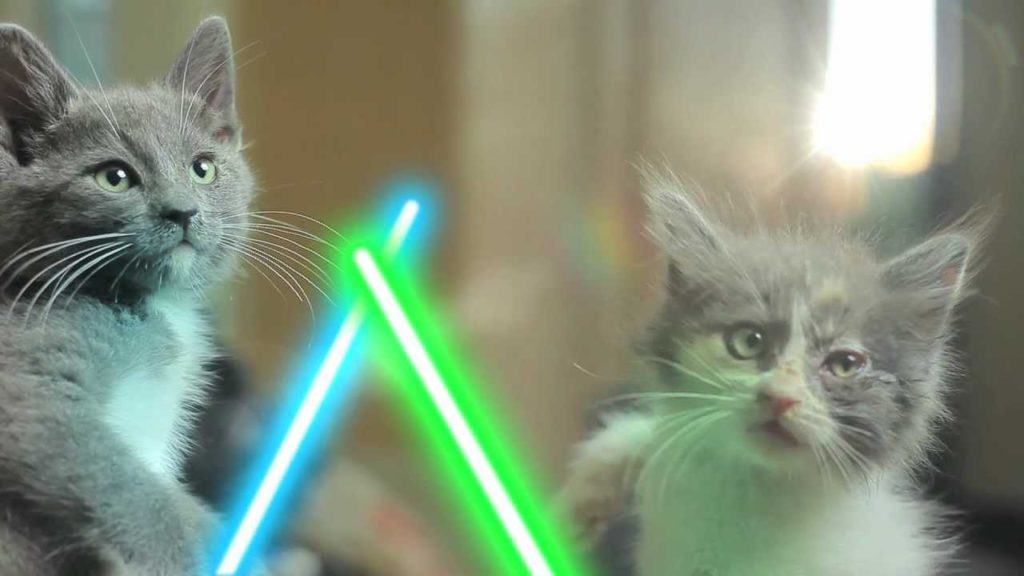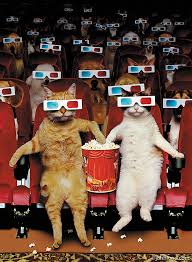
One of the lessons I learned while writing my first novel was how to stage and execute fight scenes. Whether the fight is physical, verbal or emotional, you can make your fight scene come alive.
Writing Tip for Today: Here are some tips for writing effective fight scenes:
Purpose Counts
One of the basic yet often overlooked elements of a good fight scene is its purpose. Why are these characters fighting? The story goal comes to mind, but don’t forget that story goals should be nested like Russian dolls: The overall story goal has within it a chapter goal and scenic goals. These scenic goals have the protagonist and the antagonist (for the scene anyway) with opposing goals.
I mention purpose because I’ve seen work where writers are afraid the story isn’t exciting enough and want to spice up the scene with a fight—just for entertainment. But adding gratuitous elements to stories alienates readers. Readers try to see meaning everywhere and will feel frustrated if a fight scene has little to do with the story’s overall goal.
Just as a scene without purpose wanders around without a reason to be, adding in elements that don’t directly impact the story goals only confuse readers. Ask yourself why this confrontation, why these characters, why here and now. If the answer is “just because” you may want to rethink the scene.
Tit for Tat
One of the first verbal fights I wrote had a teen girl arguing with her mom, the protagonist. I weighted the dialogue so that first the teen ranted, and then Mom ranted back. I learned that few arguments allow for speeches. People interrupt each other, defending or accusing, accelerating these short exchanges as tempers flare.
I rewrote my scene, making sure the tension built both logically and emotionally. The result read much more like a real argument. In life we often start out with one person throwing out some barbed comment or observation. The other person responds, upping the ante, until war breaks out and in the end one person wins the scene.
A gradual build of tension also mimics the way we often are mad about something deep but we start out complaining about superficial things. If your character blurts out right away the real reason for picking a fight, the scene hits the tension ceiling quickly and the characters can’t do much more than roll around trying to punch each other. Most of us don’t really want to physically fight, so gradually building the tension in emotional ways helps to lead readers to the true purpose of the scene.
Mind Movie
What if you need an actual fight scene? Fists fly or space lasers go pew-pewing through the cosmos. If you watch movies, pay attention to the camera angles and techniques used in battle scenes as well as one-on-one altercations.

Pay attention to camera angles used in movies.
Most movie fight scenes follow a formula of zoom out, zoom in in some way. To keep the scene’s purpose squarely in the protagonist’s POV, the camera will give a panoramic wide angle shot, followed by a close-up of the main character. Zoom-out, zoom-in helps to showcase the battle from the outside while still keeping the viewer invested in that character.
In fiction, you change camera angles by going from a tight shot (what the protagonist sees right in front of him or even his emotional state) to a broader picture of the environment (who else is fighting or the bystanders). Readers must be reminded of both elements continually, so bouncing back and forth makes sense. Bounce more often as the scene opens, and as it heats up, spend longer on the POV character’s experience.





Thanks! I’m doing a rewrite containing one fight scene.
Hey Bob,
Glad to be of some help. So happy that you’re still writing–keep going!
Write On,
Linda